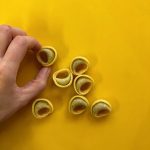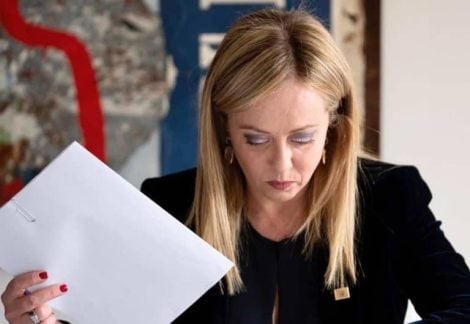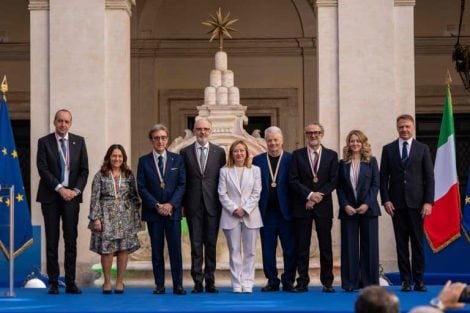Quick recap: the Internet of Things – through software, apps, cameras and sensors – can maximize production, reduce risks and increase the efficiency in a specific industry, even a traditional one like farming. From the rice paddies to the vineyards.
L'Internet of Things in the vineyard
How does it work in the vineyard? We asked Massimiliano Brambilla of Vigne Olcru, a vineyard that’s been in business for only 3 years but which – thanks to cooperation with Iulm and the Environmental and Agrarian Sciences Department of Università degli studi in Milan – is part of the avantgarde development of precision viticulture movement. This winemaker uses satellites to map terrain, color coding them in 10 categories each representing different degrees of fertilization. “In so doing we only distribute the necessary type and quantity of fertilizer needed. We’re seeing satisfactory results: soil quality and fertility of the soil is improving each year. Thanks to satellite imagery we’re also checking grape maturation”. In addition to satellites, the vineyards dispose of climate stations that measure 5 statistic levels every 15 minutes: precipitation, wind speed and pressure, relative humidity, absolute humidity and dew point. “The readings and data allowed us to reduce by 50% the use of pesticides”. Not bad.
Small digression. Vigne Ocru is experimenting neuromarketing in conjunction with the Iulm and Gambero Rosso Master of Food and Wine Communication project. This new approach to marketing as a limb of marketing and neurosciences, has the objective of understanding the mechanisms that push human beings to purchase certain products. Why? Because when surveys are conducted for a market research people not always say what they truly feel, or truly feel what they say. With neuromarketing, the degree of appreciation can be scientifically measured by paying close attention to heartbeat, perspiration, pupil dilation and so forth. But this is another story. End of digression
The wineries that use IoT
At this point we’re now curious to see if IoT can actually be applicable to a “normal” business – one that is not part of a third party subsidized project, like in the case of the Ente Nazionale Risi and Kellogg, or that does not collaborate with the University, in any case. Michele Manelli of the Salcheto winery maintains that certain IoT technologies are easily accessible, more so if linked to terrain mapping: “We have weather stations connected via web with a data processing center”. How do you mean? “We send information on specific vineyard areas in real time, including temperature and leaf humidity to a service company. The company acquires the data and with dedicated software returns efficient phytosanitary models. Certainly more efficient than any book can aid an agronomist with (the company they use is Horta Srl, a spin-off of Università Cattolica in Piacenza). It’s practically data exchange: we feed their databank and they give us back indications that reduce pesticide spraying in both frequence and quantity”. Obviously Manelli does this for sustainability reasons, but results don’t vary: IoT is an investment which one way or another is worth the expense. And how about biodynamic? How does that approach the Internet of Things, given its holistic philosophy? “In certified biodynamic winemaking there are no vetos in this direction, even if very few are using IoT”. Perhaps the dicriminating factor is size. The cantina Avignonesi, with its 230 hectares, uses IoT technologies.
See also: Internet of Things. Vol 1. How does it work if applied to the farming world?
by Annalisa Zordan
translated by Eleonora Baldwin

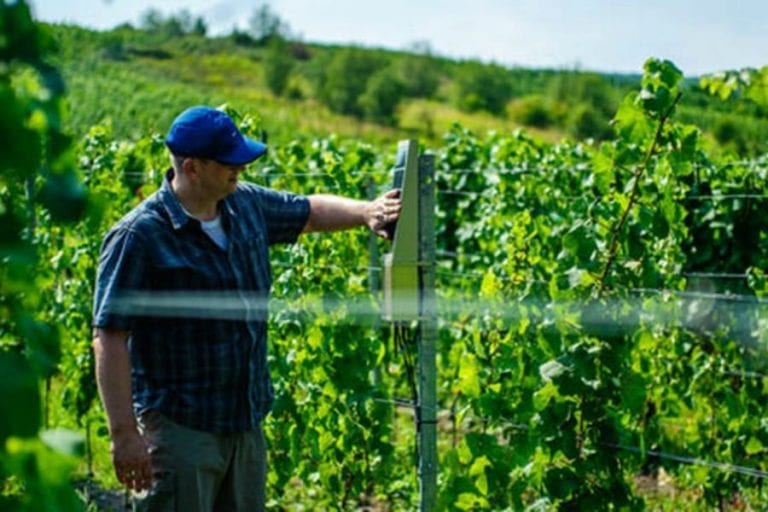

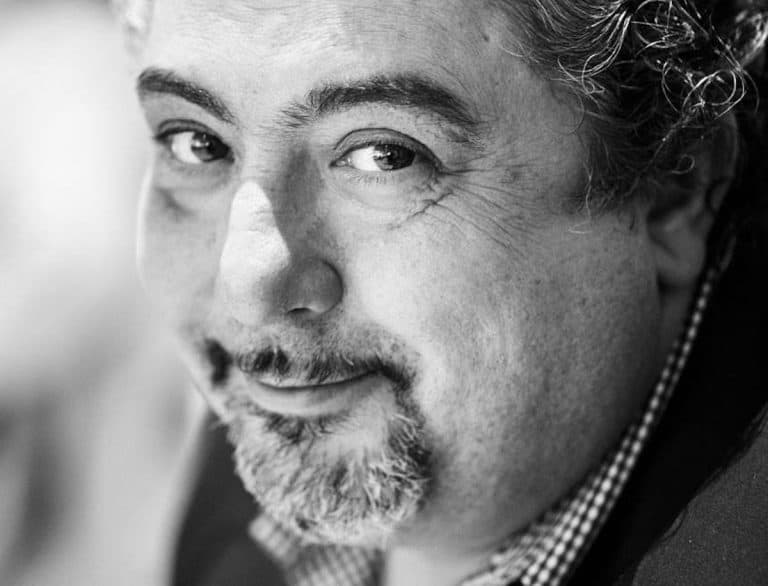 Farewell cacio e pepe in New York. "With tariffs, Pecorino Romano will also become more expensive." The warning from Giuseppe Di Martino
Farewell cacio e pepe in New York. "With tariffs, Pecorino Romano will also become more expensive." The warning from Giuseppe Di Martino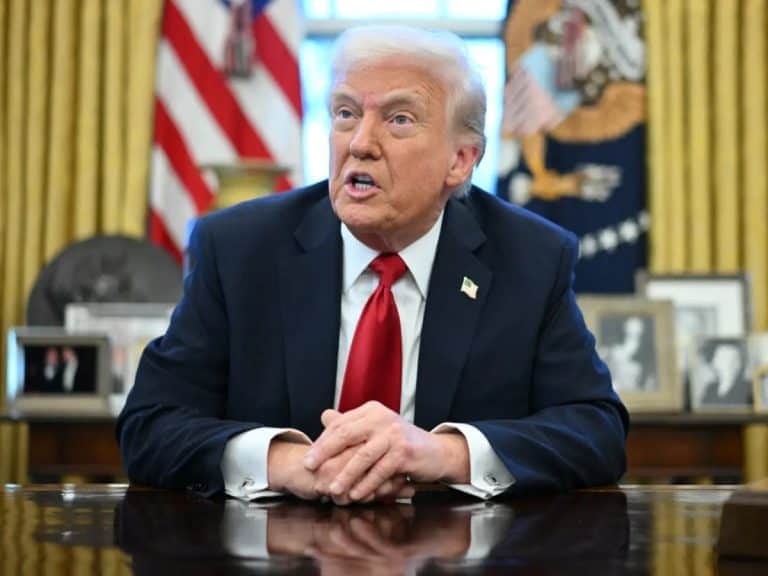 Against tariffs? Here are the US foods that could be "hit"
Against tariffs? Here are the US foods that could be "hit" US tariffs: here are the Italian wines most at risk, from Pinot Grigio to Chianti Classico
US tariffs: here are the Italian wines most at risk, from Pinot Grigio to Chianti Classico "With U.S. tariffs, buffalo mozzarella will cost almost double. We're ruined." The outburst of an Italian chef in Miami
"With U.S. tariffs, buffalo mozzarella will cost almost double. We're ruined." The outburst of an Italian chef in Miami "With US tariffs, extremely high risk for Italian wine: strike deals with buyers immediately to absorb extra costs." UIV’s proposal
"With US tariffs, extremely high risk for Italian wine: strike deals with buyers immediately to absorb extra costs." UIV’s proposal